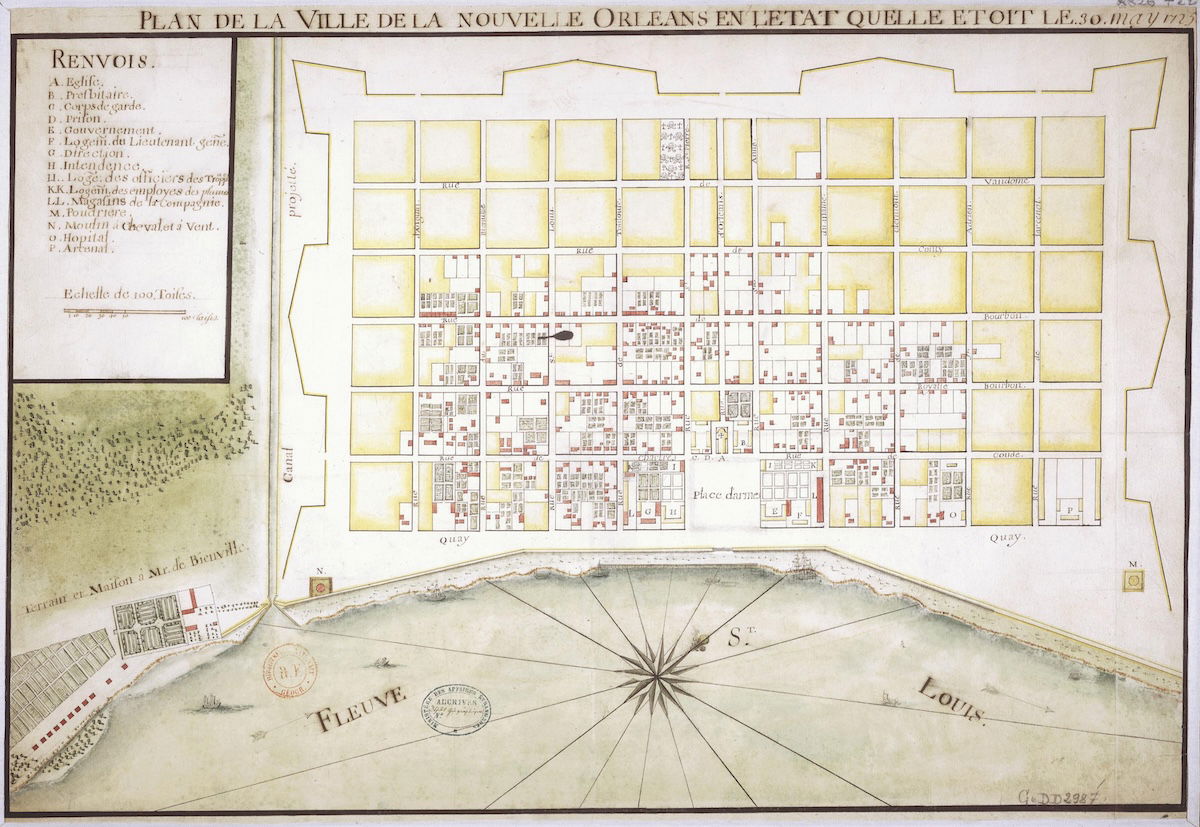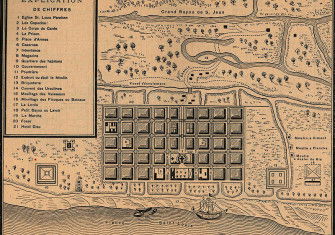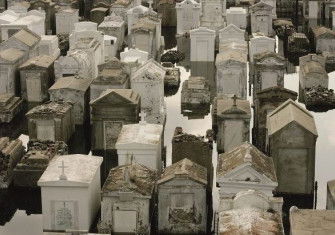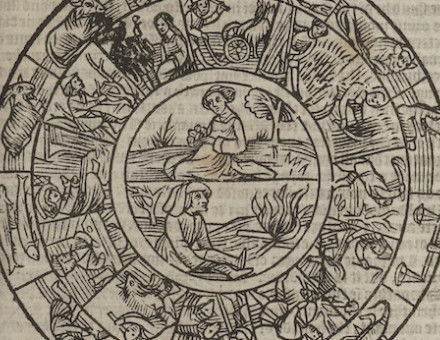New Orleans: The Mississippi Bubble and the Big Easy
The unusual circumstances of the founding of New Orleans in 1718 have had a lasting impact on its culture.

This year sees the 300th anniversary of the foundation of New Orleans, where French hopes for a lucrative North American empire stuttered and a unique cultural inheritance was generated.
‘Claimed’ for France in 1682, the vast Louisiana territory was populated by 40,000 Native Americans and fewer than 400 settlers by the time of Louis XIV’s death in 1715. The French state was virtually bankrupt, with debts so high after decades of war that taxation income barely covered the interest on the debt. The new regent, the Duc d’Orléans, needed a radical solution to resolve the financial crisis.
He turned to the charismatic and rakish Scotsman John Law, who had been sentenced to the gallows in London for killing the husband of an alleged lover in a duel. Friends saved his neck and on his release in 1694 he fled Britain. Mathematically gifted, he amassed a fortune on the gambling tables of Europe and made a name penning novel economic treatises.







